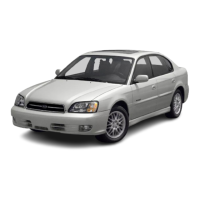
Do you have a question about the Subaru LEGACY 2002 and is the answer not in the manual?
| Brand | Subaru |
|---|---|
| Model | LEGACY 2002 |
| Category | Automobile |
| Language | English |
Description of fuel delivery, injectors, and fuel tank.
Explanation of various sensors and switches in the fuel system.
ECM control functions for fuel injection, ignition, and other systems.
Functionality and procedures for the on-board diagnosis system.
PCV system operation to prevent air pollution from blow-by gas.
Function and material of the three-way catalyst in exhaust gas purification.
Correction of fuel injection for stoichiometric air-fuel ratio maintenance.
System to prevent fuel vapors from escaping into the atmosphere.
Details on the single timing belt driving camshafts and water pump.
Description of the automatic adjuster maintaining timing belt tension.
Operation phases of the cooling system based on coolant temperature.
Description of the trochoid rotor oil pump and relief valve.
Description of dual-ignition-coil design and spark plug connections.
Generator with built-in regulator and diagnostic functions.
System overview, input/output signals, and control functions.
TCM control systems: shift, lock-up, line pressure, and AWD transfer clutch.
Functionality, indicator lights, and diagnostic trouble codes for AT.
Fail-safe control function for various sensor and solenoid faults.
Construction and operation of the reverse check mechanism.
Construction and function of the center differential and viscous coupling.
Outline, structure, and operation of the viscous coupling LSD.
Feature overview of the 5.3i type ABS system.
Functions of ABS sensors, tone wheels, G sensor, and control modules.
Explanation of ABS control based on slip ratio and coefficient of friction.
Details on ABSCM and H/U functions and modes.
Principles of oversteer and understeer suppression through braking.
Function of the proportioning valve in distributing brake pressure.
Device to facilitate starting on an uphill road by holding brakes applied.
Overview of the hydraulic system and its components.
Overview of the refrigerant flow through the AC system components.
Description of the rotary type compressor and its functions.
Function of the pressure switch in stopping compressor operation.
Control of compressor, fans, and clutch based on TAO, TAM, T INT, and pressure.
Switch functions and control operations for automatic air conditioning.
Function of side airbags as supplementary restraint in side collisions.
Components, construction, and teaching operation of the immobilizer system.
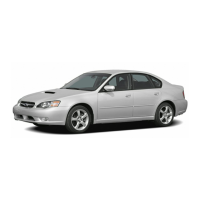



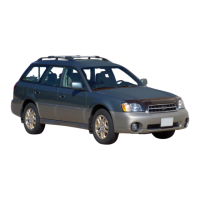
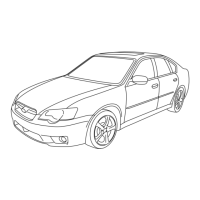



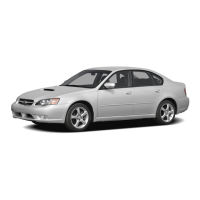
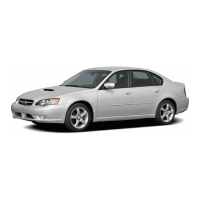
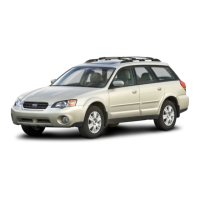
